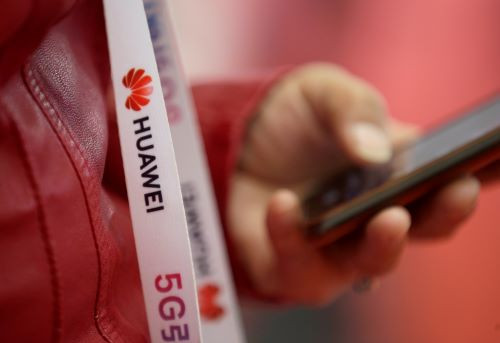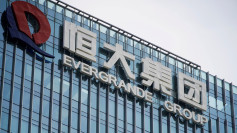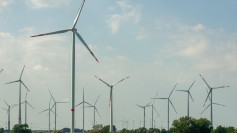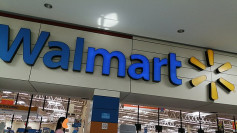Brushing aside objections from the United States, Norway's Telenor ASA, one of the world's largest mobile telecommunications companies, has affirmed Huawei Technologies Co. Ltd. will continue to play a role in rolling-out 5G and modernizing its infrastructure.
This affirmation was made by Hanne Knudsen, Telenor vice president for communications. Telenor and Huawei have been working together on 4G projects in Norway for more than a decade. Currently, Nokia Corporation and Huawei are helping Ericsson for building its core 5G network. Telenor's Finnish subsidiary, DNA, also uses Huawei as one of several vendors for 5G RAN, according to Knudsen.
Huawei said it welcomed competition in 5G and looked forward to continuing its collaboration with Telenor, according to Reuters.
"Ericsson has been introduced as a new vendor for 5G RAN, but we will also work with Huawei both to maintain the 4G network and also upgrade to 5G coverage in selected areas of Norway," said Knudsen to Reuters.
"Huawei has delivered hardware for RAN, but not for the core network. When they will build 5G in selected areas for the modernization, this is also for RAN, not core," she said.
RAN, or radio access network, refer to the radios and antenna that connect mobile phones to the mobile network. It accounts for the bulk of the cost of a new network. It is not the "core." RAN is different from the core infrastructure, which is somewhat like the brain of a 5G network. RAN is often seen as less sensitive than the core in terms of security.
Only last week, Telefonica Deutschland, a top provider of broadband, landline, and mobile telecommunications, on Thursday announced a partnership with Huawei Tand Nokia to build its 5G mobile network in Germany. Telefonica said work is slated to start at the beginning of 2020.
It expects to have 5G up and running in Berlin, Hamburg, Munich, Cologne, and Frankfurt by the end of 2021. Telefonica said it wants to move faster in bringing 5G networks to Germany. The German government is working to finalize rules governing network suppliers.
5G is an advanced mobile technology whose worldwide deployment began in earnest this year. It promises mobile data speeds far faster than the fastest home broadband network currently available to consumers.
With speeds of up to 100 gigabits per second (Gbps), 5G is as much as 100 times faster than 4G. Low latency is a key differentiator between 4G and 5G.
Huawei's problems in Europe can be traced to efforts by the Trump administration to ban the use of the company's networking equipment by U.S. carriers. The White House claims Huawei equipment is equipped with "secret backdoors" that allow China's intelligence services to spy on its users.
In January 2018, the U.S. Congress introduced a bill to ban U.S. government agencies from using phones and equipment made by Huawei and ZTE. In February, the Director of National Intelligence; the heads of the FBI, CIA, and National Security Agency; Defense Intelligence Agency and the National Glossarial Intelligence Agency testified before the U.S. Senate that Huawei products pose a potential security risk to users.
In April, the Federal Communications Commission (FCC) voted 5-0 to forbid the use of government subsidies to purchase telecom equipment from companies such as Huawei and ZTE deemed to be a risk to national security. A draft of the policy statement specifically named Huawei and ZTE as examples.






